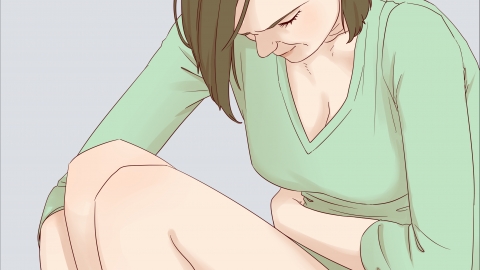What are the symptoms of hemorrhoids and anal fistula?
Anal pain, abnormal discharge, prolapse of lumps, rectal bleeding, and general discomfort are common symptoms of hemorrhoids and anal fistulas. If you have any concerns, it is recommended to seek medical advice early. Detailed explanations are as follows:

1. Anal pain: When hemorrhoids flare up, there may be a feeling of distension or burning pain around the anus, especially when external hemorrhoids swell or internal hemorrhoids become incarcerated, the pain is more obvious. Patients with anal fistulas often experience localized anal pain when the fistula becomes infected. The severity of the pain varies with the degree of infection and may worsen during movement or defecation.
2. Abnormal discharge: Mucus may seep from around the anus in patients with hemorrhoids, causing dampness and itching. In patients with anal fistulas, pus, blood, or mucus-like discharge may repeatedly drain from the external opening of the fistula. This discharge can irritate the skin around the anus, causing itching, eczema, and other skin problems. In severe cases, the discharge may have an odor.
3. Prolapse of lumps: As internal hemorrhoids progress to a certain stage, the hemorrhoidal mass may prolapse from the anus during defecation. Initially, it can retract on its own; later manual assistance may be required for repositioning, and eventually it may remain prolapsed permanently. Patients with anal fistulas may feel a cord-like lump around the anus, which is formed by fibrosis of the fistula tract. Pressing on it may cause slight pain.
4. Rectal bleeding: Hemorrhoids may cause rectal bleeding during defecation. The blood is bright red and often adheres to the surface of the stool or toilet paper. In severe cases, dripping or even jet-like bleeding may occur. Anal fistulas generally do not cause rectal bleeding, but if granulation tissue within the fistula grows excessively, friction during defecation may lead to minor bleeding. This should be differentiated from bleeding caused by hemorrhoids.
5. General malaise: Simple hemorrhoids usually do not cause systemic symptoms, but if they acutely flare up with infection, fever and fatigue may occur. Recurrent anal fistulas with severe infection can also cause systemic symptoms such as fever, chills, and loss of appetite. Long-standing chronic anal fistulas may even lead to weight loss and malnutrition.
If the above symptoms appear, timely medical examination is necessary. After diagnosis, treatment should follow medical advice. Daily attention should be paid to anal hygiene, maintaining regular bowel movements, avoiding prolonged sitting or standing, reducing intake of spicy foods, and preventing symptom exacerbation.





